Throughout history, archaeology has played a vital role in unraveling the mysteries of our past. The field has yielded remarkable finds that have transformed our understanding of ancient civilizations and their cultures. In this article, we’ll explore the 10 Greatest Archaeological Discoveries that have not only shaped our historical narratives but have also captivated the imagination of people around the world.
1. The Tomb of Tutankhamun
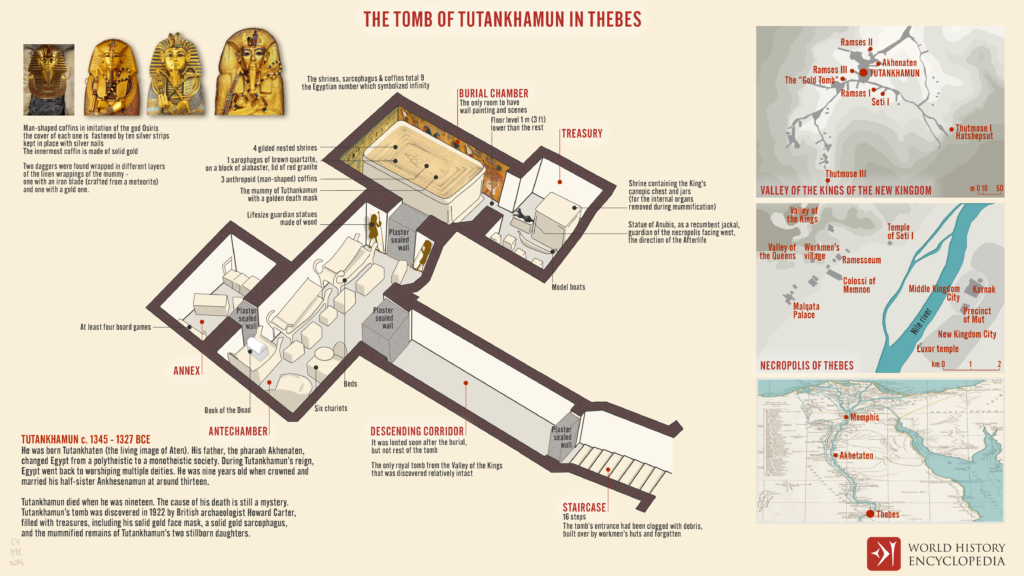
Discovered in 1922 by British archaeologist Howard Carter, the tomb of Tutankhamun in the Valley of the Kings, Egypt, is one of the most famous archaeological finds of all time. The tomb was remarkably intact, containing thousands of artifacts, including the iconic gold mask of the young pharaoh. This discovery provided unprecedented insight into ancient Egyptian burial practices and the opulence of royal life.
2. Machu Picchu

Hidden in the Andes Mountains of Peru, Machu Picchu was brought to global attention by American historian Hiram Bingham in 1911. This 15th-century Incan citadel, often referred to as the “Lost City of the Incas,” showcases advanced agricultural and architectural techniques. Its breathtaking location and well-preserved structures continue to draw tourists and researchers alike, helping to illuminate the achievements of the Inca civilization.
3. The Rosetta Stone
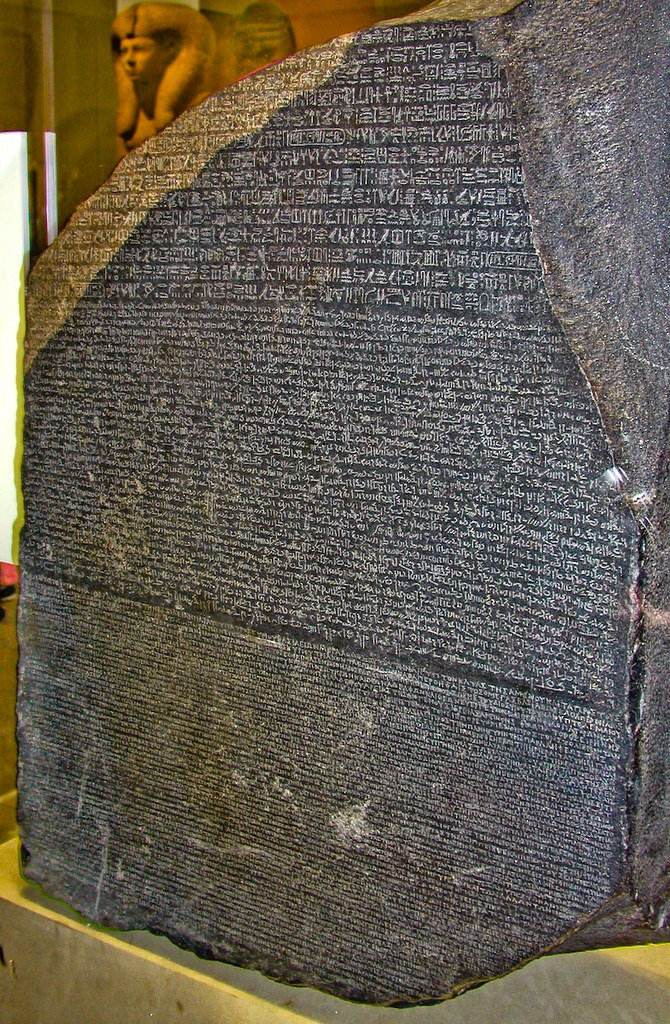
Discovered in 1799 by French soldiers during Napoleon’s campaign in Egypt, the Rosetta Stone is a granodiorite stele inscribed with a decree issued in 196 BC. What makes this stone so significant is that it features the same text written in three scripts: Greek, Demotic, and hieroglyphics. The ability to read hieroglyphics was lost for centuries until the Rosetta Stone provided the key, enabling scholars like Jean-François Champollion to unlock the mysteries of ancient Egyptian writing.
4. Pompeii
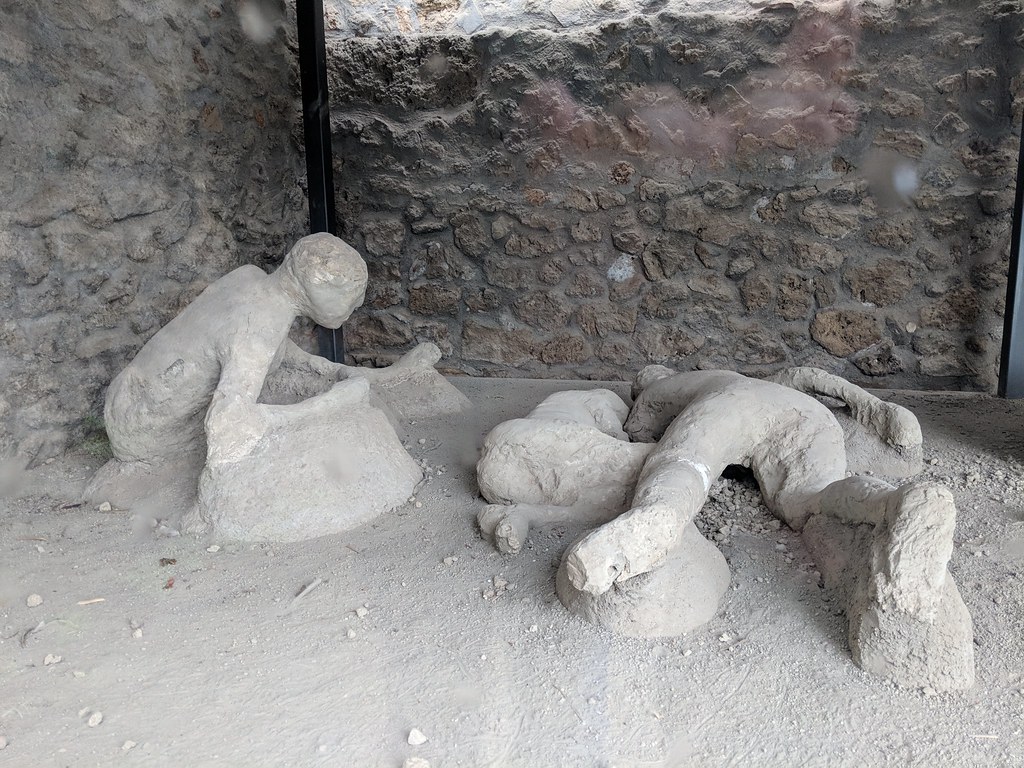
The eruption of Mount Vesuvius in AD 79 preserved the Roman city of Pompeii under layers of ash and pumice, effectively freezing it in time. Rediscovered in the 18th century, Pompeii offers an unparalleled glimpse into daily life in ancient Rome. Archaeologists have uncovered homes, streets, and public spaces, complete with frescoes and artifacts that illustrate the culture and practices of its inhabitants.
5. The Terracotta Army
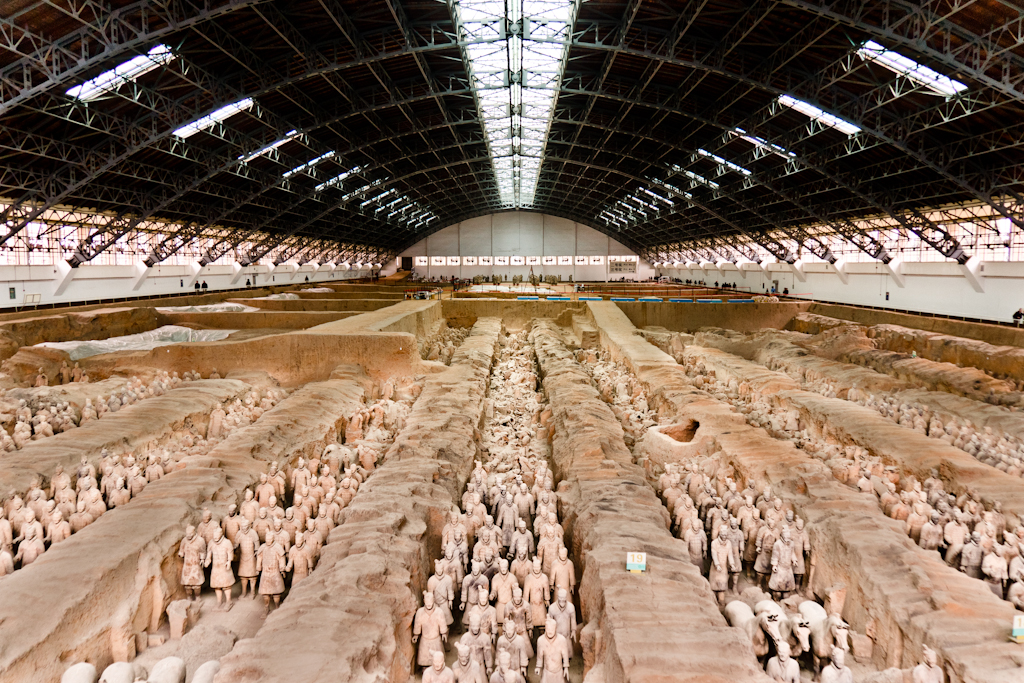
In 1974, farmers in Xi’an, China, stumbled upon a vast underground army of life-sized terracotta soldiers, each with unique features and expressions. This discovery, part of the tomb of the first Emperor of China, Qin Shi Huang, dates back to the 3rd century BC. The Terracotta Army was meant to accompany the emperor in the afterlife, and its excavation has provided insights into ancient Chinese funerary practices and artistry.
6. Stonehenge
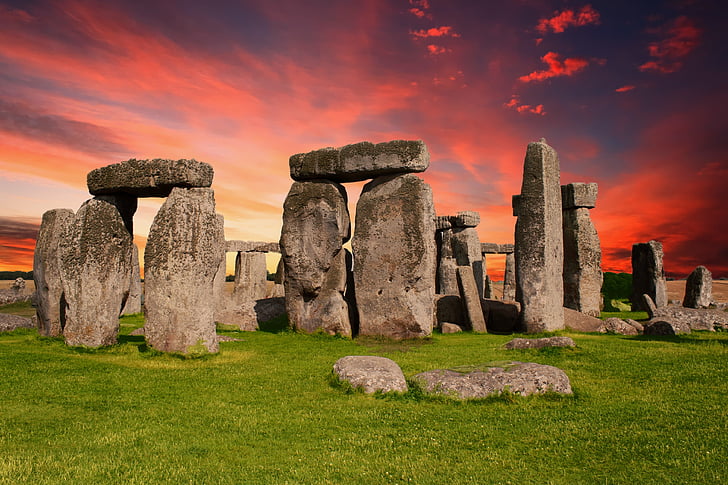
Stonehenge, located in Wiltshire, England, is one of the most iconic prehistoric monuments in the world. Its massive stone circle dates back to around 3000 BC and has puzzled archaeologists for centuries. While the exact purpose of Stonehenge remains a topic of debate, theories suggest it may have served as a religious site, astronomical observatory, or burial ground. Ongoing excavations continue to reveal new information about this enigmatic site.
7. The Dead Sea Scrolls

Discovered between 1947 and 1956 in the caves of Qumran near the Dead Sea, the Dead Sea Scrolls are a collection of Jewish texts dating back to the 3rd century BC to the 1st century AD. The scrolls include biblical manuscripts, sectarian writings, and other texts that shed light on the religious practices and beliefs of ancient Judaism. Their significance extends beyond archaeology, influencing biblical scholarship and our understanding of early Christianity.
8. The Inca Road System
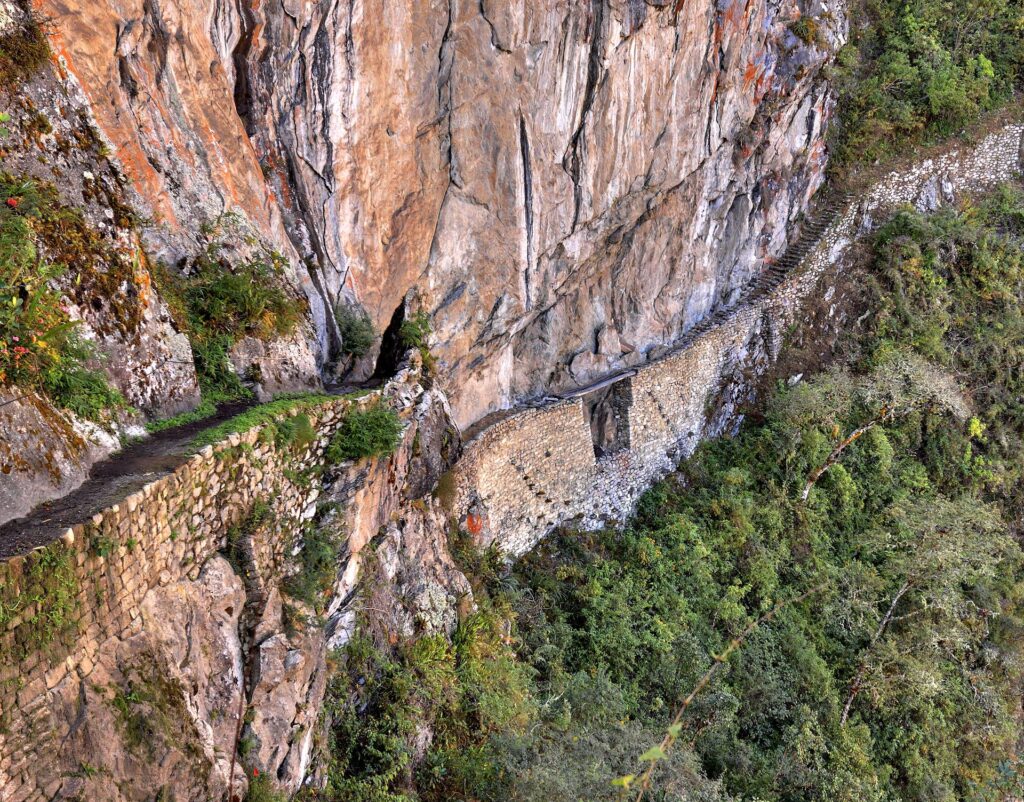
The Inca Empire, which flourished in the 15th and 16th centuries, constructed an extensive road system spanning over 25,000 miles across treacherous terrain in the Andes Mountains. Rediscovered and mapped in modern times, these roads facilitated trade, communication, and military movement throughout the empire. The ingenuity and engineering skills of the Incas in creating such a vast network are evident in the remnants of their stone pathways, which continue to be used today.
9. Lascaux Caves
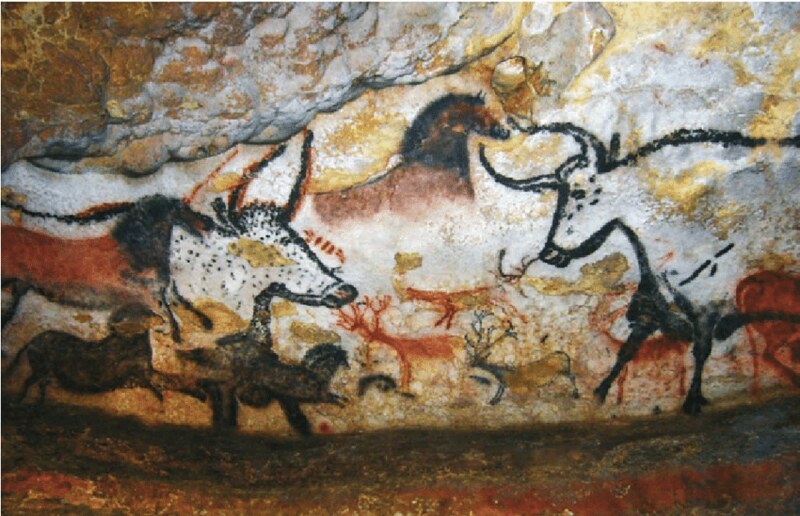
Discovered in 1940 in southwestern France, the Lascaux Caves contain some of the most remarkable prehistoric cave paintings, estimated to be over 17,000 years old. The paintings depict various animals and human figures, showcasing the artistic talents of early humans. These discoveries have provided crucial insights into prehistoric life and spirituality, emphasizing the significance of art in human development.
10. The Great Wall of China
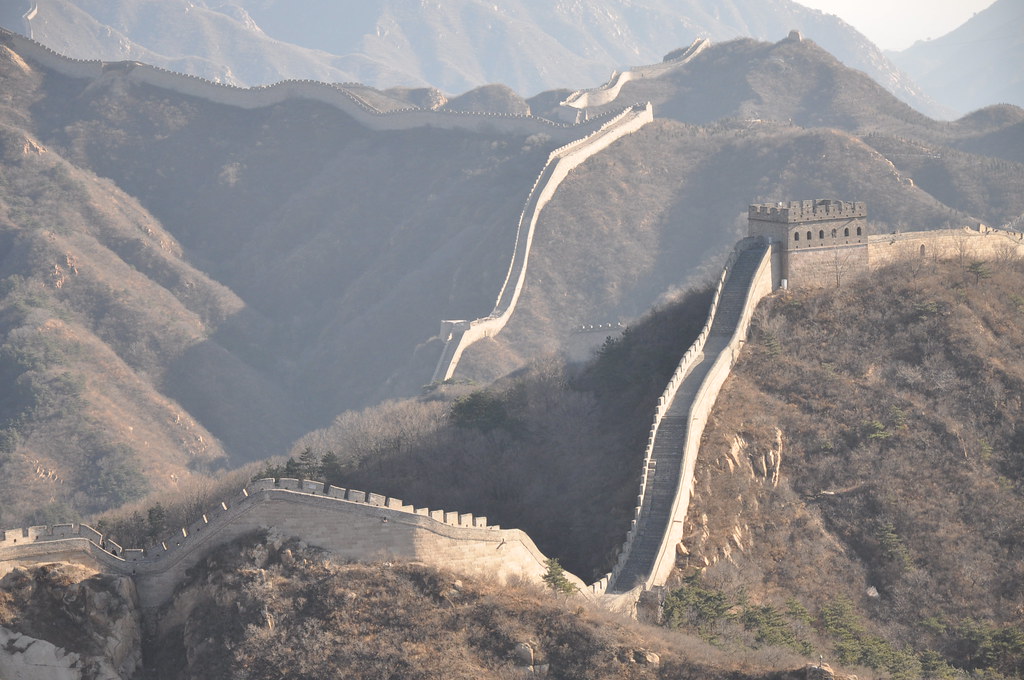
Although its construction began in the 7th century BC, the Great Wall of China is not just a single wall but a series of fortifications built over centuries. Its discovery and preservation have provided insights into ancient Chinese history, military strategy, and architecture. The Great Wall remains a testament to human ingenuity and determination, representing a monumental effort to protect Chinese territories from invasions.
Conclusion:
The 10 Greatest Archaeological Discoveries have significantly enriched our understanding of human history, revealing the complexities of past civilizations and their cultures. Each of these findings tells a story, reminding us of our shared heritage and the importance of preserving these connections to the past. As archaeology continues to evolve, we can only imagine what new discoveries lie beneath the earth, waiting to be unearthed and shared with future generations. The pursuit of knowledge and the desire to understand our origins remain at the heart of archaeology, ensuring that our fascination with these discoveries will endure.









































